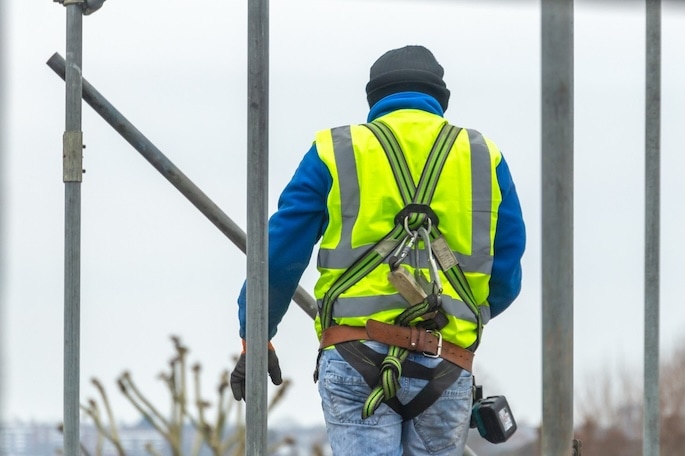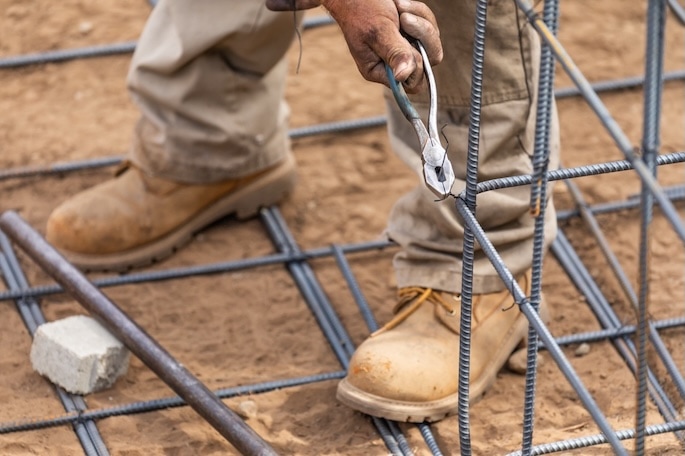Effective ventilation is a cornerstone of maintaining a safe working environment, particularly in industries involving the handling of chemicals. Proper ventilation systems are not just an optional safety feature; they are an essential component in safeguarding the health and safety of employees. This blog delves into the importance of proper ventilation in chemical safety and outlines best practices to ensure a safe and healthy work environment.
Understanding the Role of Ventilation Systems
Ventilation systems are designed to control indoor air quality by removing harmful contaminants and supplying fresh air. In chemical handling and storage areas, these systems play a pivotal role in:
- Removing Airborne Contaminants: Chemical processes often release vapors, dust, gases, and other hazardous substances. Ventilation helps in removing these contaminants from the air.
- Preventing Accumulation of Hazardous Substances: Proper ventilation prevents the build-up of flammable or toxic chemicals, reducing the risk of fire, explosions, or health hazards.
- Maintaining Comfortable Working Conditions: Adequate ventilation also ensures a comfortable work environment by regulating temperature and humidity.
Types of Ventilation Systems
Different types of ventilation systems serve varying purposes in chemical safety:
- General (Dilution) Ventilation: This system dilutes contaminated air with clean air, reducing the concentration of airborne contaminants.
- Local Exhaust Ventilation (LEV): LEV systems capture contaminants at their source, preventing them from spreading into the workplace environment.
Key Components of Effective Ventilation Systems
For a ventilation system to function effectively, it must include:
- Air Inlets and Outlets: Strategically placed to ensure optimal air circulation.
- Filters and Scrubbers: To purify air by trapping and neutralizing contaminants.
- Ducts and Hoods: Especially in LEV systems, to capture emissions directly from their source.
- Fans and Blowers: To facilitate the movement of air through the system.
Implementing and Maintaining Ventilation Systems
To ensure the effectiveness of ventilation systems in chemical safety, consider the following steps:
- Regular Inspection and Maintenance: Periodic checks and maintenance are crucial to ensure the system is operating efficiently and safely.
- Adherence to Regulatory Standards: Comply with industry standards and regulations related to workplace ventilation.
- Training and Awareness: Educate employees about the importance of ventilation and how to identify signs of poor ventilation.
Challenges and Solutions in Ventilation for Chemical Safety
Effective ventilation in chemical environments can present challenges, including:
- Varied Contaminant Types: Different chemicals require specific types of ventilation controls.
- Changing Work Environments: Modifications in work processes or layout can affect ventilation needs.
- Cost and Space Constraints: Implementing comprehensive ventilation systems can be costly and require significant space.
Solutions include:
- Tailored Ventilation Design: Customize systems based on the specific chemicals and processes used.
- Flexible Ventilation Solutions: Use portable or adjustable ventilation units for changing workspaces.
- Cost-Benefit Analysis: Weigh the long-term benefits of effective ventilation against initial costs.
In conclusion, proper ventilation is not just a regulatory requirement; it’s a critical safety measure in any chemical handling environment. It protects workers from hazardous substances, contributes to a comfortable work atmosphere, and plays a significant role in preventing accidents. Investing in efficient and well-maintained ventilation systems is a commitment to the health and safety of employees, and a necessity for any responsible organization in the chemical industry.



